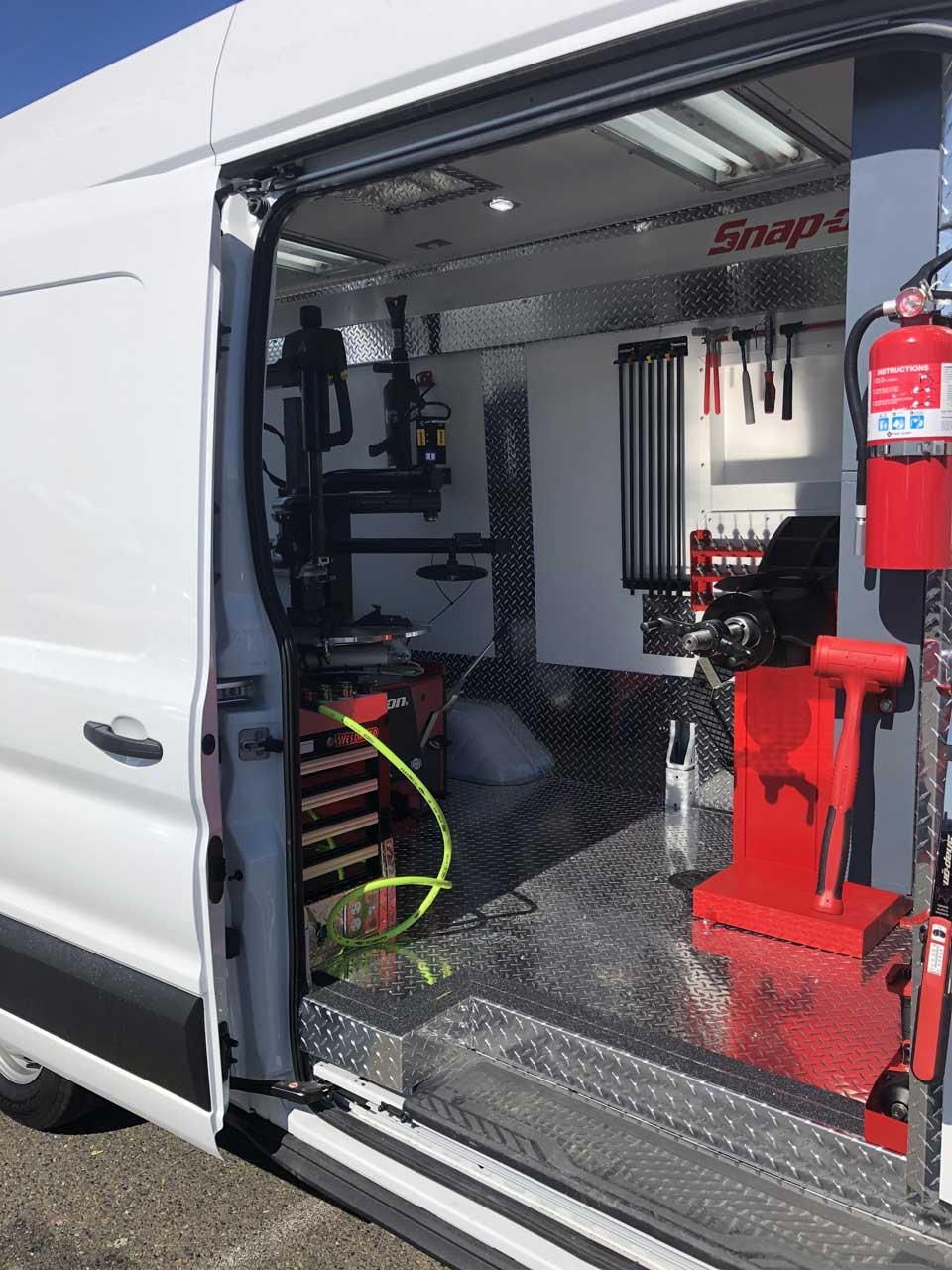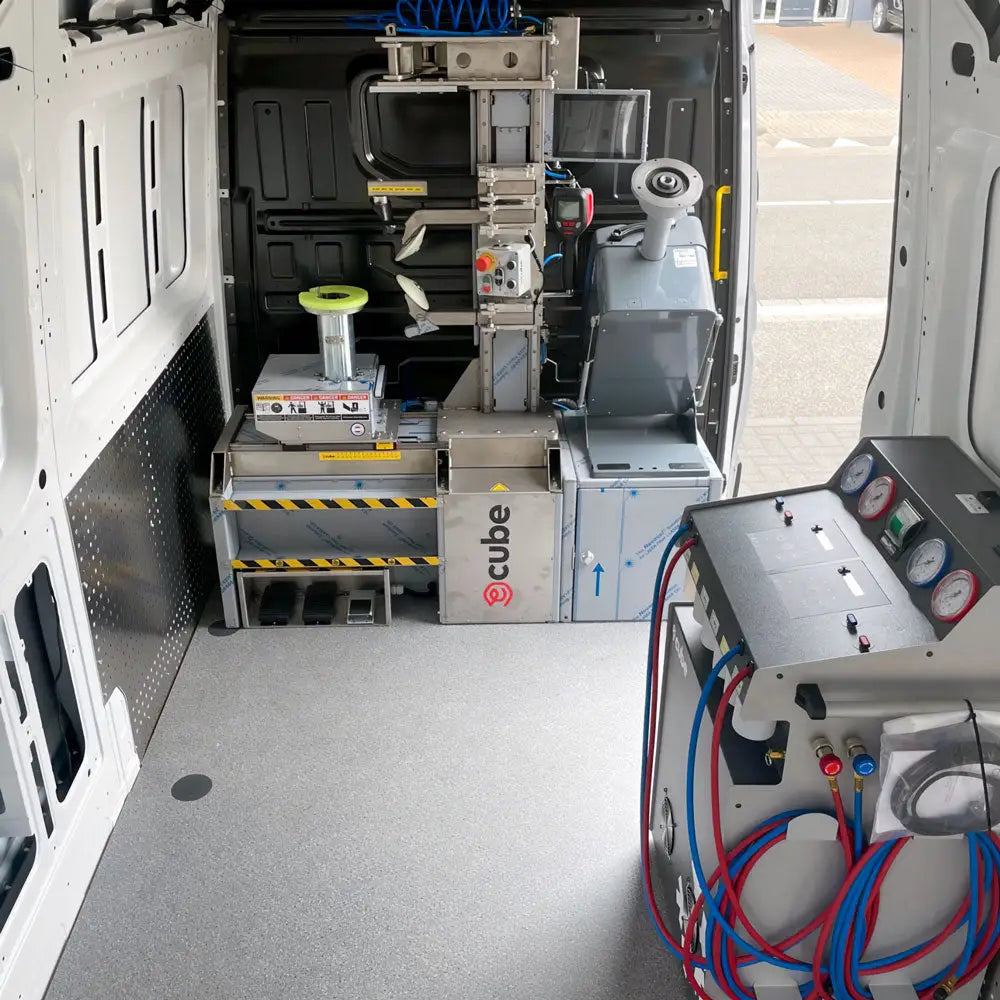Trusted Mobile Tire Service Las Vegas - On-Time Solutions
Trusted Mobile Tire Service Las Vegas - On-Time Solutions
Blog Article
Tire Solution: Proven Methods for Optimal Tire Maintenance and Treatment
From making sure appropriate tire pressure to normal rotation and placement, there are tried and tested methods that can significantly prolong the life-span of your tires and enhance total driving experience. Allow's dig right into the globe of tire solution and find the secrets to maintaining your tires in excellent form for the long haul - Mobile Tire Repair Las Vegas.
Value of Tire Stress
Proper tire stress is a critical consider making certain optimal vehicle efficiency and safety and security on the road. Keeping the suggested tire pressure levels offered by the supplier provides numerous benefits. First of all, adequate tire pressure promotes far better gas efficiency, as under-inflated tires can result in boosted rolling resistance, causing the engine to function more challenging and eat more gas. Appropriate tire pressure ensures also step wear, improving tire long life and saving cash in the long run by delaying the requirement for premature replacements. Additionally, properly pumped up tires add to boosted handling and stopping capacities, important for risk-free driving in various road conditions. Over-inflated tires, on the various other hand, can lead to decreased grip and a harsher ride. Alternatively, under-inflated tires are prone to overheating, which can result in blowouts and crashes. On a regular basis changing and examining tire stress, specifically soon journeys, is a straightforward yet effective way to enhance automobile performance, expand tire life-span, and prioritize safety when traveling.
Tire Turning Guidelines
When considering tire turning guidelines, it is important to comprehend the importance of this upkeep task in taking full advantage of tire lifespan and keeping ideal vehicle efficiency. Tire rotation includes changing the placement of each tire on a lorry to make sure even step wear. Front tires have a tendency to use more quickly than rear tires due to guiding pressures, making routine turning crucial for well balanced wear patterns. The suggested rotation pattern varies depending on whether an automobile is front-wheel, rear-wheel, all-wheel, or 4x4. Typically, tires should be revolved every 5,000 to 7,500 miles, or as encouraged in the lorry handbook. Overlooking tire turning can cause irregular wear, impacting handling, traction, and potentially compromising vehicle safety. By sticking to correct rotation standards, chauffeurs can prolong the life of their tires, improve fuel performance, and enhance general driving experience. Regular rotation is a basic yet efficient upkeep practice that adds significantly to tire durability and vehicle efficiency.

Benefits of Wheel Placement
Ensuring appropriate wheel alignment after tire rotation is essential for maintaining well balanced useful site wear patterns and taking full advantage of lorry performance. Furthermore, appropriate wheel positioning assists to prolong the life expectancy of your tires. Misaligned wheels can cause uneven tire wear, leading to premature tire substitute and boosted maintenance prices.

Tire Tread Depth Examine
Performing a regular evaluation of tire tread depth is vital for maintaining secure driving problems and prolonging the life expectancy of your tires. The walk on your tires plays a vital function in giving grip, specifically in unsafe or wet problems. To check your tire walk depth, you can use a walk depth gauge or the penny test. The recommended tread depth is at the very least 2/32 of an inch. It is time to change your tires to make certain ideal efficiency and safety on the roadway if the step depth is listed below this threshold. Irregular tread wear can suggest concerns with tire placement, suspension, or stress, highlighting the value of routine tread depth checks. Ignoring to monitor and maintain correct tread deepness can result in minimized hold, longer stopping distances, and a boosted risk of hydroplaning. By integrating tire walk depth look into your routine upkeep schedule, you can drive with self-confidence knowing that your tires remain in leading condition. Read Full Report
Seasonal Tire Assessment
Seasonal tire assessment is a fundamental element of tire maintenance that makes certain tires are ready to encounter the obstacles posed by various climate problems. In preparation for winter months, it is essential to inspect the tire pressure consistently as cool temperatures can cause tire stress to drop. By conducting routine seasonal tire assessments, motorists can extend tire lifespan, enhance fuel efficiency, and most importantly, ensure a secure driving experience in differing weather conditions.
Final Thought
In verdict, maintaining correct tire stress, turning tires frequently, straightening wheels correctly, checking walk depth, and carrying out seasonal assessments are important practices for optimum tire care. By complying with these confirmed techniques, drivers can guarantee their tires last longer, execute far better, and add to overall automobile safety. It is necessary to focus on tire upkeep to avoid crashes, improve fuel efficiency, and lengthen the life expectancy of tires.
Ample tire pressure promotes much better gas effectiveness, as under-inflated tires can lead to enhanced rolling resistance, creating the engine to function harder and take in even more gas.When thinking about tire rotation guidelines, it is necessary to understand the significance of this maintenance job in making the most of tire life-span and preserving optimal vehicle performance. Seasonal tire assessment is a basic facet of tire maintenance that makes sure tires are all set to encounter the obstacles posed by different climate problems. By conducting routine seasonal tire evaluations, chauffeurs can extend tire life expectancy, improve gas efficiency, and most importantly, visit the website ensure a secure driving experience in varying weather problems.
In final thought, keeping correct tire stress, turning tires regularly, straightening wheels appropriately, checking tread depth, and performing seasonal examinations are crucial techniques for ideal tire treatment.
Report this page